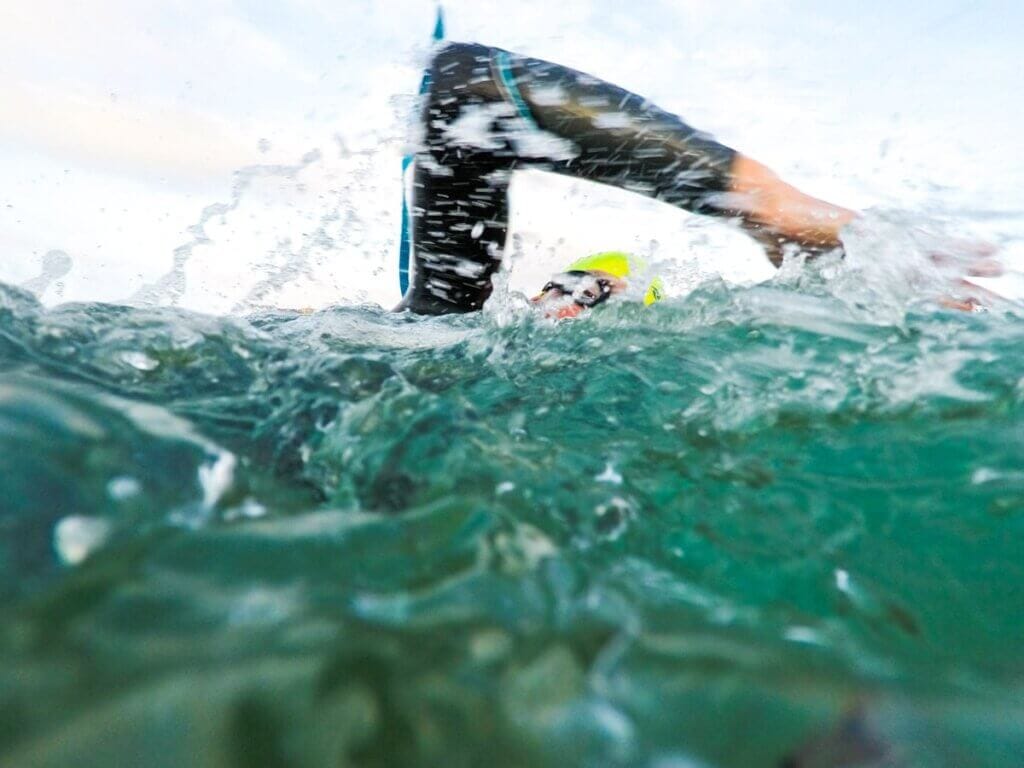Myth of the collapsing sand bar

Every time I give one of my Science of the Surf community talks I always get asked the same question “Do sand bars collapse?” and I always give the same answer “No, sand bars do not collapse unless you blow them up with explosives.”
Sand bars are big piles of sand that are pretty solid and heavy. Sure, they shift around from time to time, but this takes days, weeks and even months. They never, ever, ever implode on themselves. It just doesn’t happen.
But you still hear stories of collapsing sand bars getting people into all sorts of strife. So where did this myth come from? Well, if it’s wacky and related to the beach, it must come from… Bondi.

Sunday, 6 February, 1938 at Bondi Beach was a beautiful summer day and many of the 30 000 people at the beach were splashing around in the water standing safely on the shallow sand bars. According to eyewitness reports, everything was fine until three large waves approached the shore and broke.
Soon after that, a bunch of swimmers suddenly found themselves in deep water being dragged into a deep channel and out to sea. Approximately 60 surf lifesavers conducted a mass rescue during the ensuing hysteria and panic. In the next 30 minutes, 250 bathers required assistance, of which 35 were rescued unconscious and revived, while tragically five drowned.
Today this mass rescue is still often reported as being caused by a collapsing sand bar, which is unfortunate because that’s not what happened at all. The report of three large waves and a deep channel tells an interesting story though. The deep channel was probably a rip channel and the larger waves were probably a wave set coming in.
Waves in the ocean tend to travel in groups of 3 to 10 bigger waves with lulls in between. Surfers call them sets. When the waves in the set at Bondi that day broke, the water level would have risen and swimmers standing on the sandbars near the rip would have lost their footing and floated or been carried into the rip by the water draining sideways off the sandbars.
Then the rip would have pulsed. All rips have a nasty habit of suddenly doubling their speed for about 30 seconds before going back to normal. It usually happens after a wave set has broken. All that extra water coming in has to get back out and it basically “pumps” the rip. So all these people who were washed into the rip channel would then have been taken way offshore when the rip pulsed.
The stories of collapsing sand bars are not uncommon, but it’s almost guaranteed that in each case it was a rip pulse. However, although not proven, there is some evidence to suggest that the waves that came in at Bondi that day were not part of a wave set, but those of a small tsunami! But that’s a whole different story.
First published in November 2012







Sand banks can move 20-50 meters down the beach in one day. I’ve seen it happen in heavy surf. It’s a very dynamic environment. Rips can also change track depending on rocks and wave size.
Indeed sandbars can collapse as was seen in Mundaka after river-mouth sand dredging. It also happened at Katoku “Jurassic Beach” on the island of Amami-Oshima following river-mouth diversion works via heavy machinery. However, heavy rainfalls or big typhoon swells can move sand so quickly near river-mouths, sandbars will eventually rebalance as was seen at Katoku “Jurassic Beach”. See the documentary “A line in the sand” for some footage (https://youtu.be/xE6fv6fbXaA) or visit https://amamiworldheritage.org (This beach was featured in the surf movie “Sipping Jetstream” with Donavon F. . More recently in 2019 Tom Carroll came to surf it.)
This article is a bit misleading. Coastal beaches may by safe but it’s absolutely true that sand bars along rivers can have unstable spots. Does the whole sandbar collapse at once? No. But areas can be undermined by ever changing currents allowing pieces to break off. You don’t want to standing on that piece when it breaks. Same thing occurs along passes between barrier islands where tidal currents enter and leave to fill bays and sounds behind the islands.
I had a near death experience at Main Beach Kiama, in Jan 2013, along with about 15 other swimmers. Front on waves suddenly changed to two waves coming in from either side, forming a ‘V-shape’, about a metre high each side. The two waves collided right where I stood, creating a ‘rogue wave’ which shot up in front of me about 6m high. As it crashed down on the sandbar I was standing on, the sandbar gave way, producing a large ‘circular rip’, much like a washing machine, followed by a strong pulse rip to the right. In 45 years of swimming at many different beaches I have never experienced an event anything like it. I’ve been caught in rips before, even saved someone from one, but this was something else. The head life-guard said it was probably a sandbar collapse. I think it may have been something more sinister, as the sudden change in circumstances & the suction down in the resulting whirlpool, made me think there is a hole under that beach in the rock formation, whereby water & sand may form a fast moving quicksand that caused a vacuum
effect downwards. Not too far fetched, given the Kiama Blow-hole is 75m to the left of that beach. It was a phenomenon I hope I never experience again.